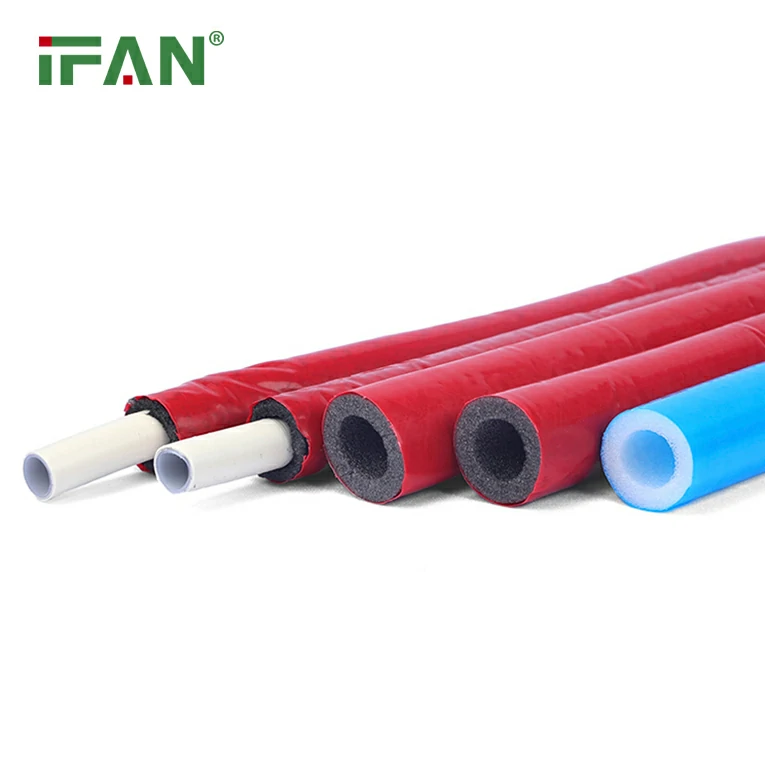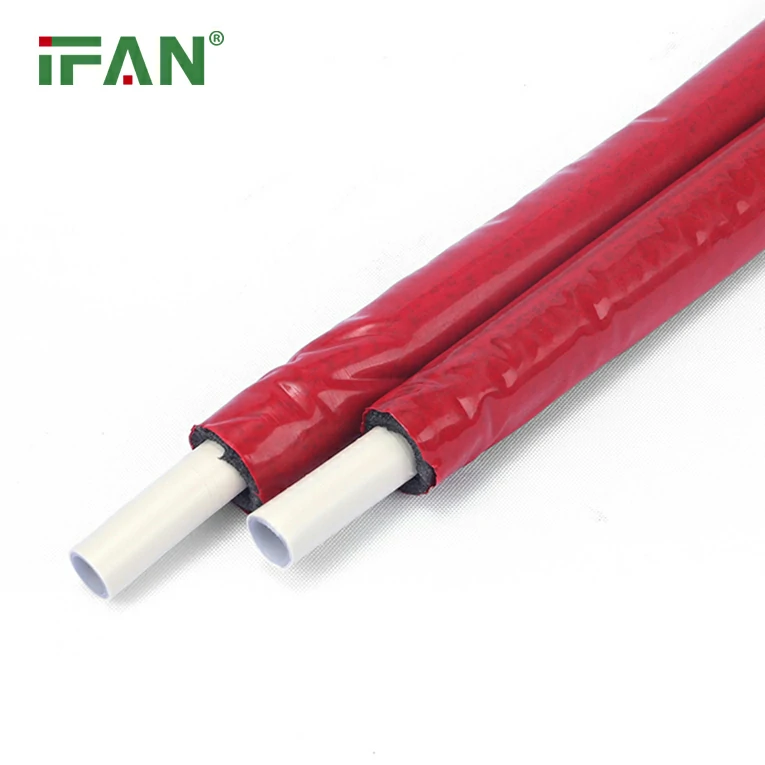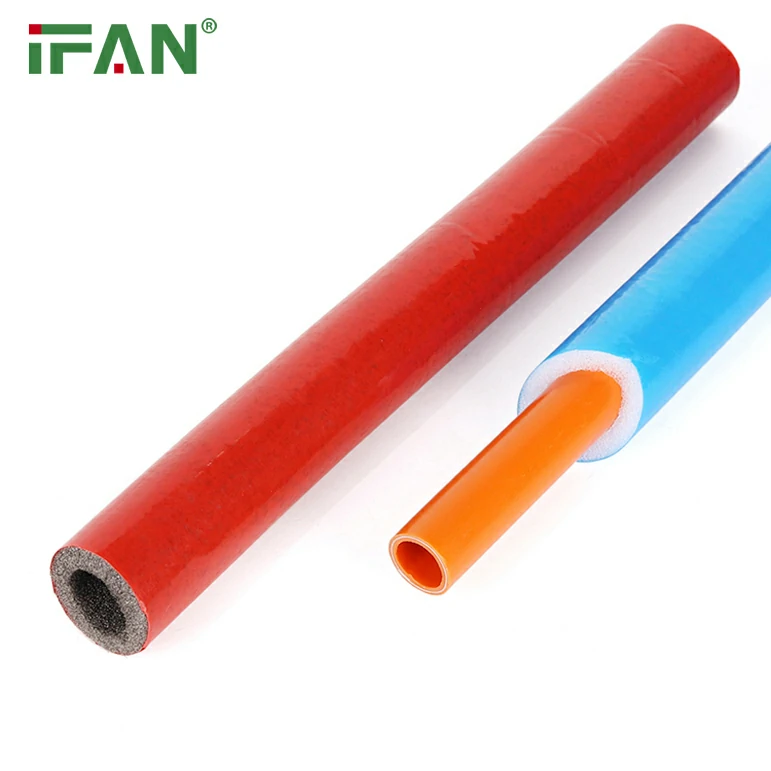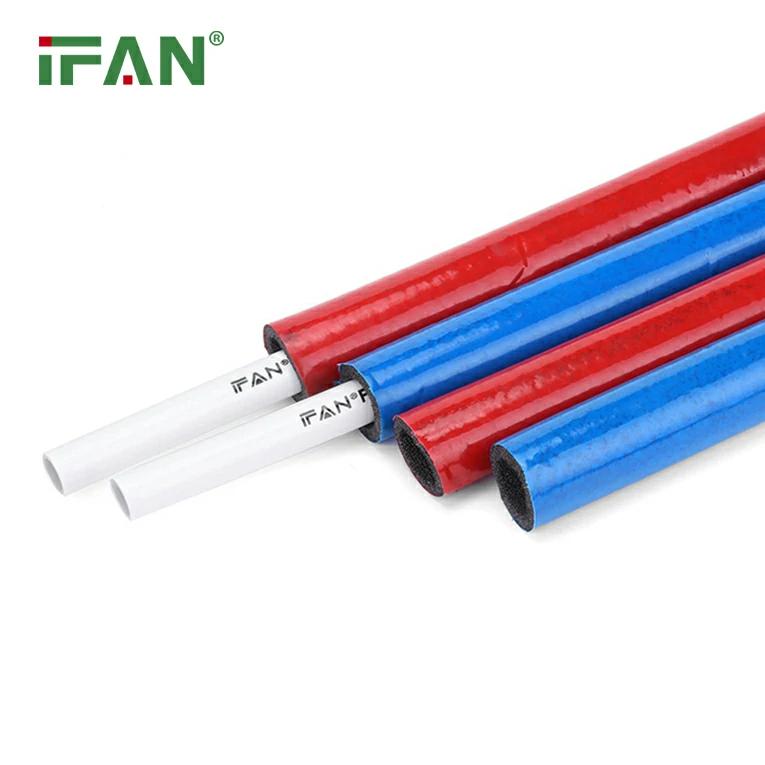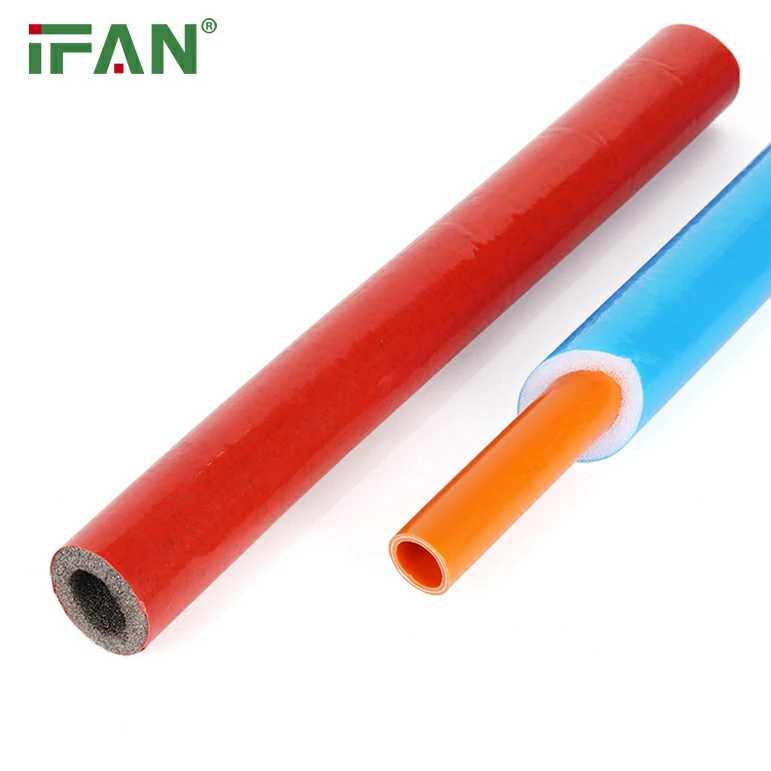IFAN factory 30+ years manufacture experience support color /size customization support free sample.Welcome to consult for catalog and free samples.This is our Facebook Website:www.facebook.com,Click to watch IFAN’s product video.Compared with Tomex products, our IFAN products from quality to price are your best choice, welcome to buy!
When choosing piping materials for water distribution systems, it’s essential to consider factors like durability, cost, and environmental impact. Over the years, High-Density Polyethylene (HDPE) fittings have gained popularity due to their many advantages over traditional materials like metal and PVC pipes. One such comparison that has garnered attention is between HDPE fittings and PPR fittings, with each material having unique characteristics that make it suitable for different applications.
This article will explore the advantages and disadvantages of HDPE fittings compared to traditional materials, particularly focusing on PPR fittings, and provide a deeper insight into how they perform in water distribution systems.
What Are HDPE Fittings?
HDPE fittings are connectors used in conjunction with High-Density Polyethylene pipes. HDPE is a strong, flexible thermoplastic polymer known for its excellent durability and resistance to a wide range of environmental factors, including corrosion, chemicals, and physical stress. HDPE fittings are commonly used in municipal water distribution, sewage systems, and irrigation systems due to their long-term performance and low maintenance requirements.
Understanding PPR Fittings
PPR fittings are made from Polypropylene Random Copolymer (PPR), a plastic material known for its high strength and resistance to high temperatures. These fittings are commonly used in domestic hot and cold water systems due to their ability to withstand heat without deforming. PPR pipes and fittings are also resistant to most chemicals, making them a reliable option for residential plumbing systems.
HDPE Fittings vs. PPR Fittings: Key Differences
While both HDPE fittings and PPR fittings offer significant benefits, there are clear distinctions between the two materials. Here’s a breakdown of the primary differences:
1. Durability
One of the biggest advantages of HDPE fittings is their impressive durability. These fittings are designed to withstand harsh environmental conditions, including extreme temperatures, UV radiation, and exposure to various chemicals. HDPE pipes and fittings typically have a lifespan of more than 50 years, making them a long-term investment for water distribution systems.
In contrast, PPR fittings are generally more suited for domestic systems and are less durable than HDPE when it comes to exposure to extreme environmental factors. PPR fittings may have a shorter lifespan, particularly in areas with fluctuating temperatures or in systems that handle chemicals.
2. Corrosion and Chemical Resistance
HDPE fittings excel in environments prone to corrosion. Unlike metal piping materials, HDPE fittings are highly resistant to rust and corrosion caused by exposure to water and chemicals. This feature makes HDPE the preferred choice for industrial and municipal water systems where there is a higher risk of corrosion.
On the other hand, PPR fittings are resistant to a wide range of chemicals, including acids and alkalis, which makes them suitable for hot and cold water applications in residential plumbing. However, PPR fittings are not as resilient in extreme chemical environments as HDPE fittings, particularly in industrial settings where the water contains harsh chemicals.
3. Flexibility and Installation
HDPE fittings are known for their flexibility. This flexibility is particularly useful when the installation needs to navigate through obstacles or when the system requires bending. HDPE pipes can be bent to some extent without breaking, making them ideal for installations in areas where rigid piping would be difficult to work with.
In contrast, PPR fittings are relatively rigid and may require additional fittings, like elbows or couplings, when the piping system needs to change direction. While PPR fittings can still be installed with relative ease, they do not offer the same level of flexibility as HDPE systems.
4. Heat Resistance
PPR fittings are specifically designed for high-temperature applications, making them ideal for systems that transport hot water. They can withstand temperatures up to 95°C (203°F), which is higher than most other plastic fittings. This makes PPR fittings a better choice for hot water supply in domestic and industrial applications.
In contrast, HDPE fittings are not as resistant to high temperatures as PPR fittings. HDPE typically performs well in cold water applications, with a maximum temperature rating of around 60°C (140°F). Therefore, HDPE fittings are best suited for cold-water systems or systems where temperature control is not a critical factor.
5. Cost-Effectiveness
In terms of upfront cost, PPR fittings tend to be more affordable compared to HDPE fittings. This makes PPR fittings an attractive option for homeowners or small-scale installations. However, HDPE fittings offer better long-term value due to their durability and resistance to corrosion, which can save money on repairs and replacements over time.
For large-scale municipal or industrial water systems, the superior performance and longevity of HDPE fittings make them a more cost-effective solution in the long run, despite the higher initial investment.
6. Environmental Impact
Both HDPE fittings and PPR fittings have environmental advantages. HDPE is a highly recyclable material, making it an eco-friendly choice for large-scale installations. The long lifespan of HDPE fittings also means that fewer replacements and repairs are needed, reducing the overall environmental impact.
PPR fittings, while also recyclable, may not be as widely reused as HDPE, especially in industrial settings. However, their durability in residential plumbing systems means they still contribute to reducing the need for frequent replacements.
Applications of HDPE and PPR Fittings
Both HDPE fittings and PPR fittings are widely used in various applications. Here’s where each material excels:
- HDPE fittings are commonly used in large-scale water distribution systems, municipal water supplies, irrigation networks, sewage systems, and industrial applications where durability and corrosion resistance are paramount.
- PPR fittings are ideal for domestic plumbing, hot and cold water systems, heating systems, and applications that require resistance to high temperatures.
Conclusion
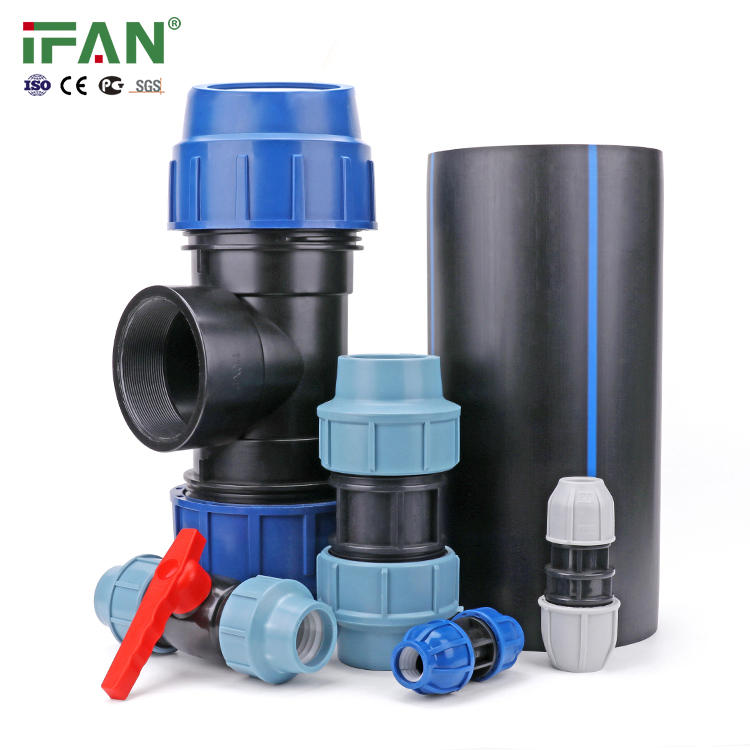
Both HDPE fittings and PPR fittings have their strengths and are suitable for different applications. HDPE fittings offer superior durability, flexibility, and resistance to corrosion, making them the preferred choice for large-scale and industrial water distribution systems. Meanwhile, PPR fittings are excellent for residential plumbing systems that require heat resistance and affordability.
When choosing between HDPE fittings and PPR fittings, it’s essential to consider the specific needs of the installation, including the type of water being transported, the environmental conditions, and the long-term cost implications.
Frequently Asked Questions (FAQs)
1. What are HDPE fittings used for?
HDPE fittings are used in water distribution systems, sewage systems, and irrigation networks, primarily for cold-water applications and large-scale installations.
2. Are PPR fittings suitable for hot water?
Yes, PPR fittings are specifically designed for hot and cold water systems and can withstand temperatures up to 95°C (203°F), making them ideal for residential plumbing.
3. How long do HDPE fittings last?
HDPE fittings are known for their long lifespan, typically lasting more than 50 years with minimal maintenance.
4. Can PPR fittings be used in industrial applications?
While PPR fittings can handle a variety of chemicals, they are generally better suited for domestic plumbing rather than harsh industrial environments.
5. Are HDPE fittings environmentally friendly?
Yes, HDPE fittings are made from recyclable material and have a long lifespan, reducing the need for frequent replacements and contributing to their environmental sustainability.

